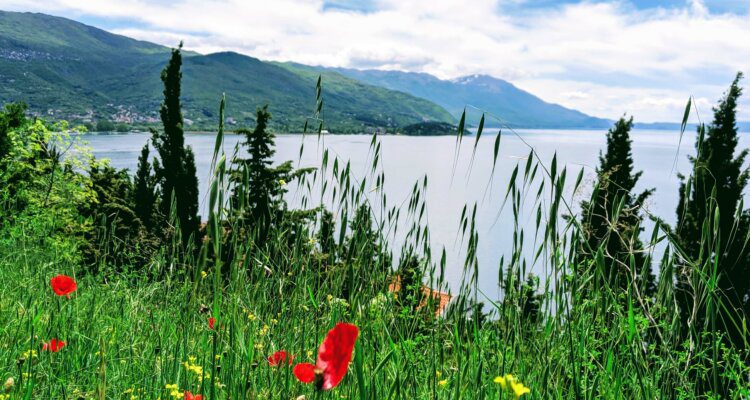Steeped in history and located between stunning mountains, shimmering lakes and gorgeous parks, North Macedonia quickly became one of my favorite places in the Balkans.
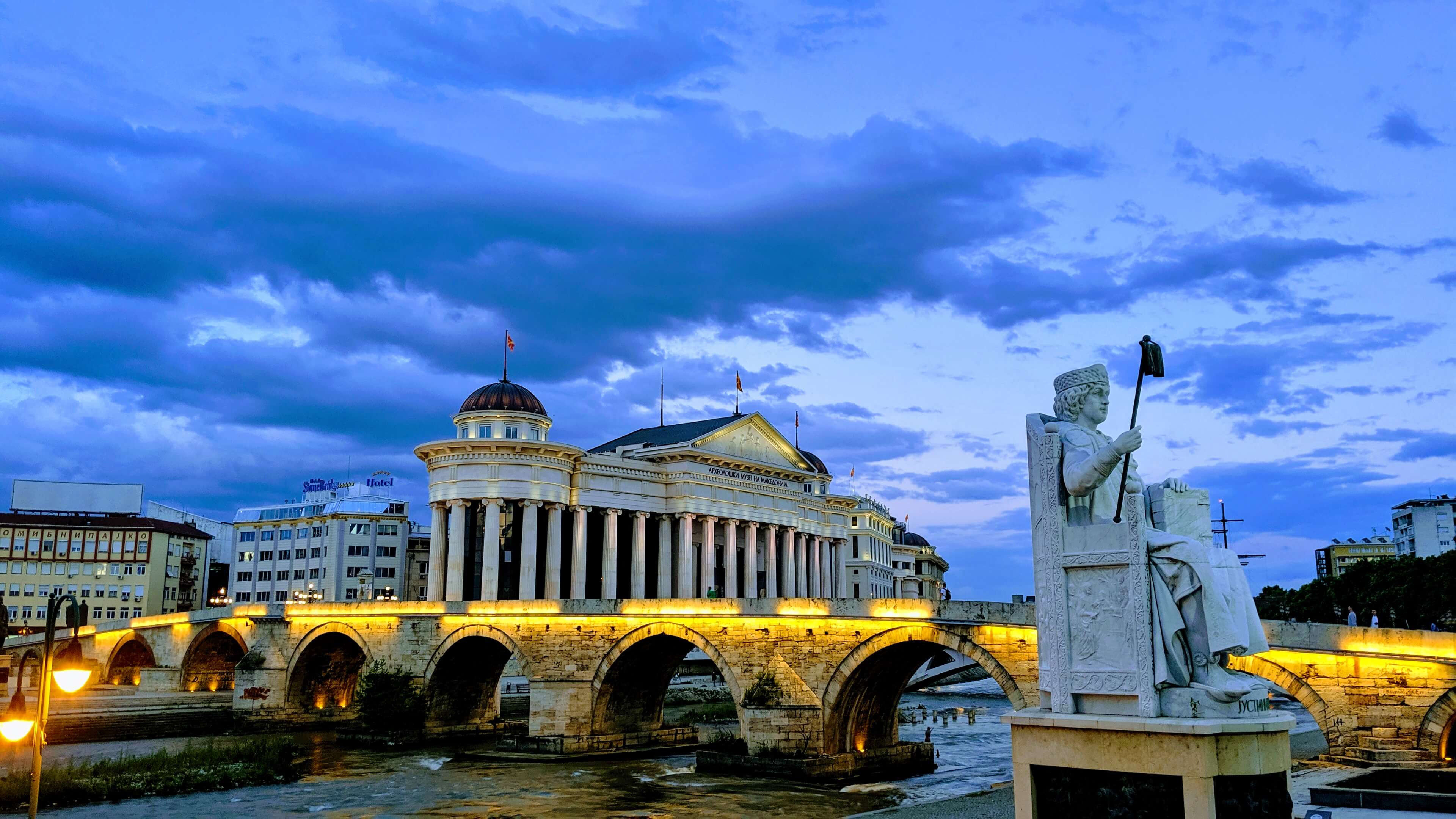
North Macedonia is a deeply historic region with evidence of civilization flourishing here as early as 7000 BC. Part Balkan, part Mediterranean and rich in Greek, Roman and Ottoman heritage, North Macedonia has a fascinating past and a complex national identity. During the fourth century BC, under the reign of Alexander the Great it briefly became the largest empire in the world.
Since the formation of the Republic of Macedonia in 1991, Macedonians and Greeks have sparred over which country gets to claim the history of ancient Macedonia as its own.
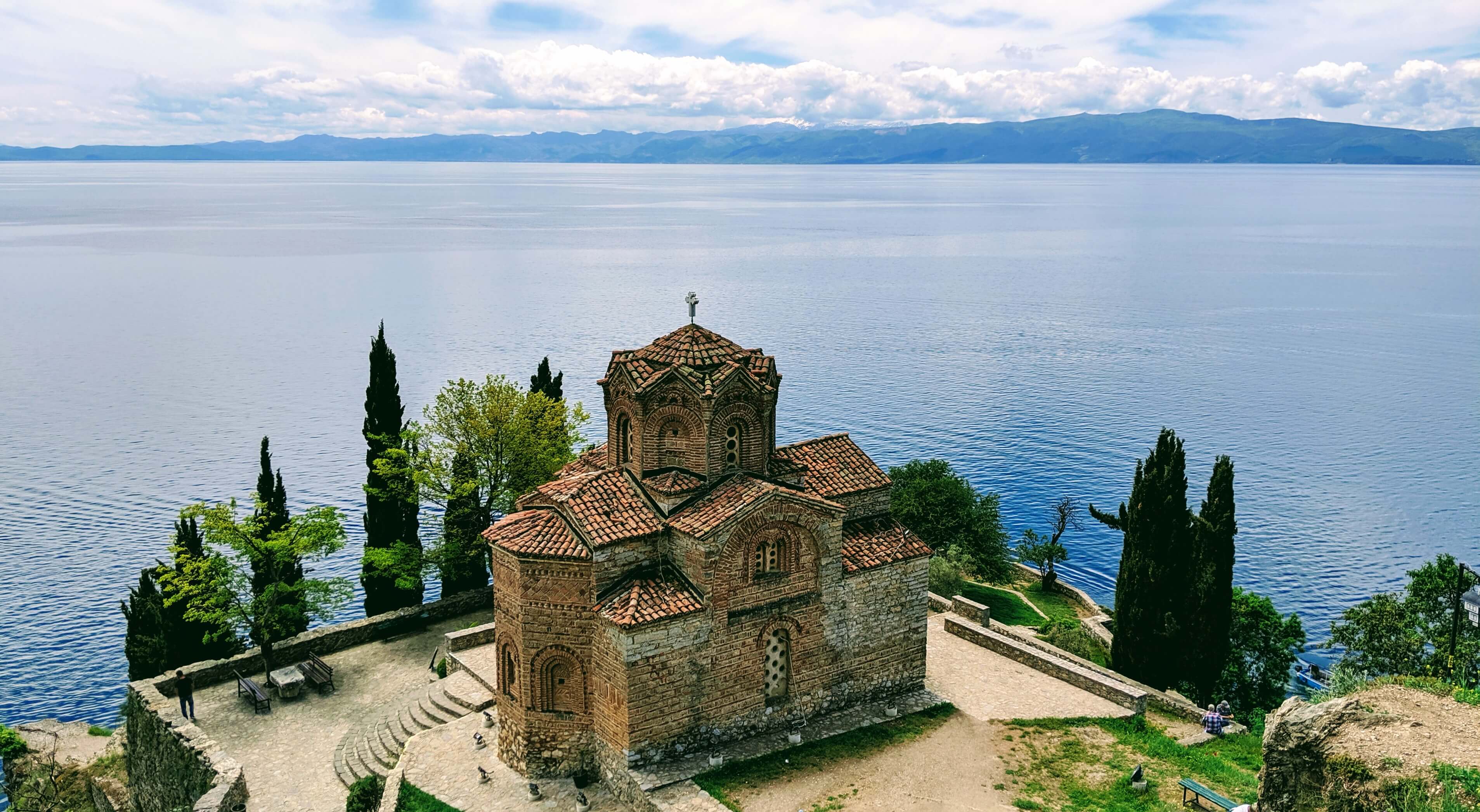
Ohrid – North Macedonia
We entered North Macedonia from Albania and after a short drive were stunned by the beauty of Lake Ohrid and especially the city of Ohrid itself.
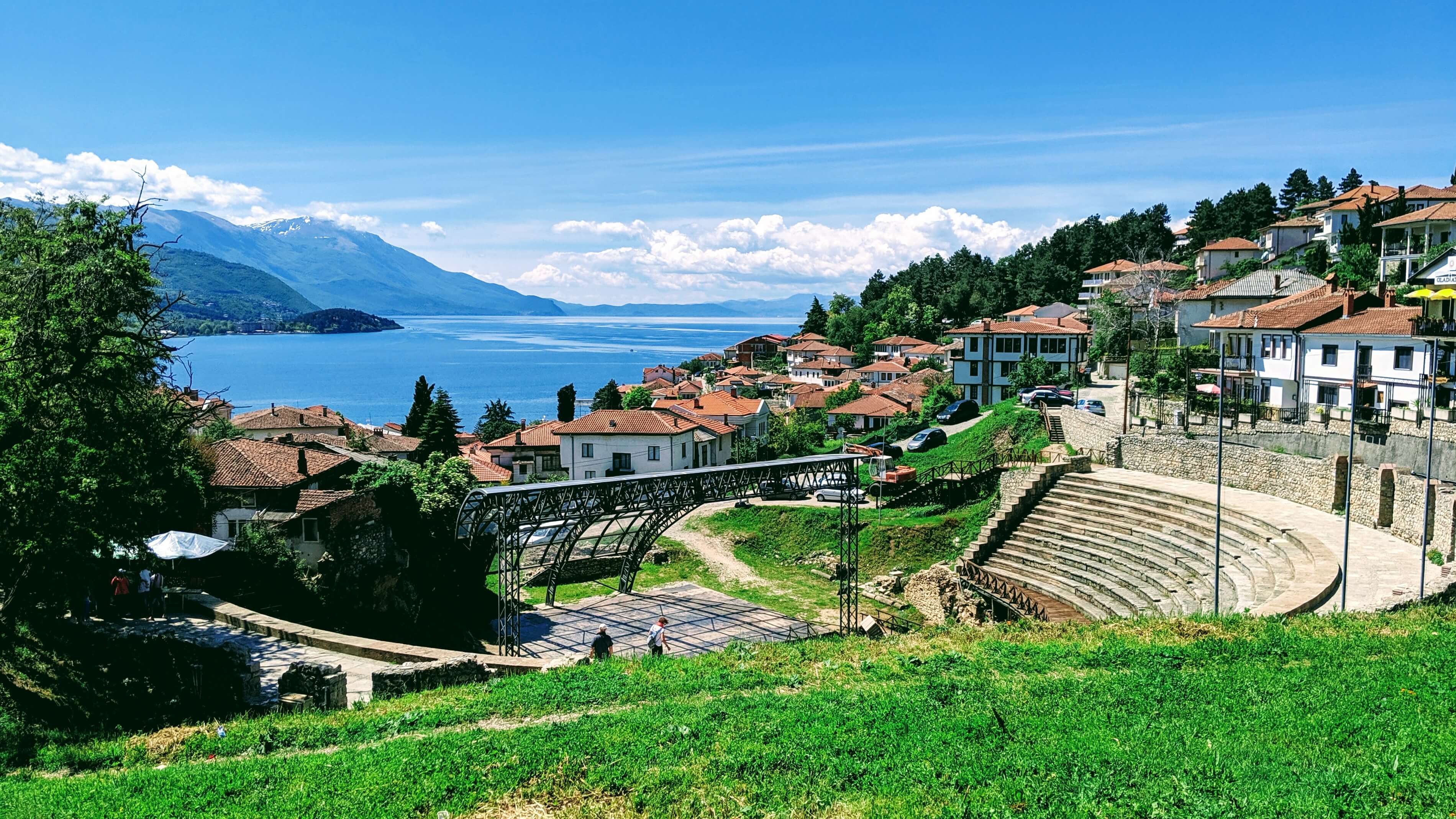
Sublime Ohrid is North Macedonia’s most seductive destination. It sits on the edge of placid Lake Ohrid, with an atmospheric old quarter that cascades down steep streets, dotted with beautiful churches and topped by the bones of a medieval castle. Traditional restaurants and lakeside cafes liven up the well used cobblestone streets, already fascinating due to their age and history.
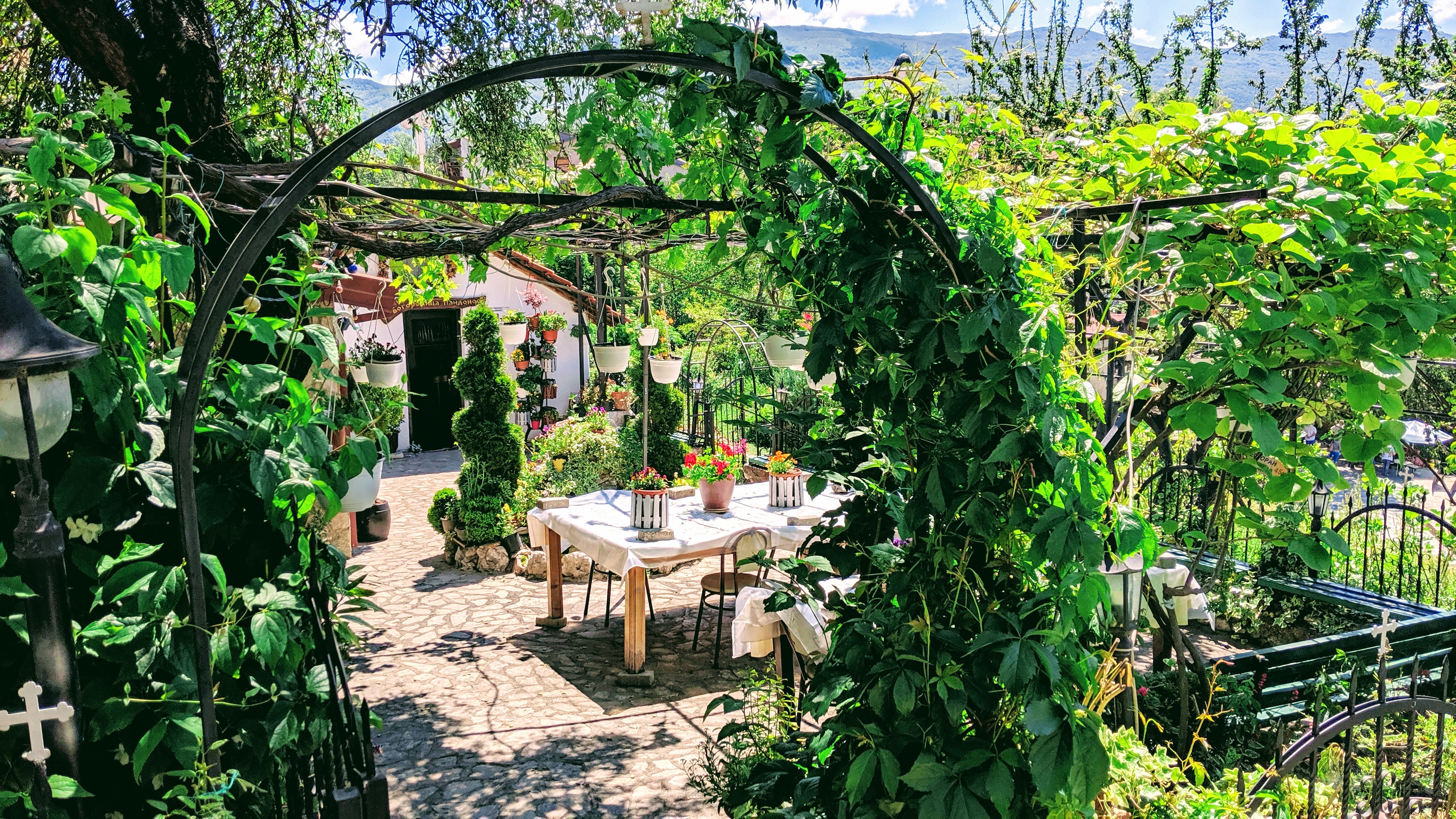
We stayed in a lovely a Airbnb, within the walls of the castle, overlooking the ancient town and having a backdrop of snow capped mountains of National Park Galicica and serene Lake Ohrid.
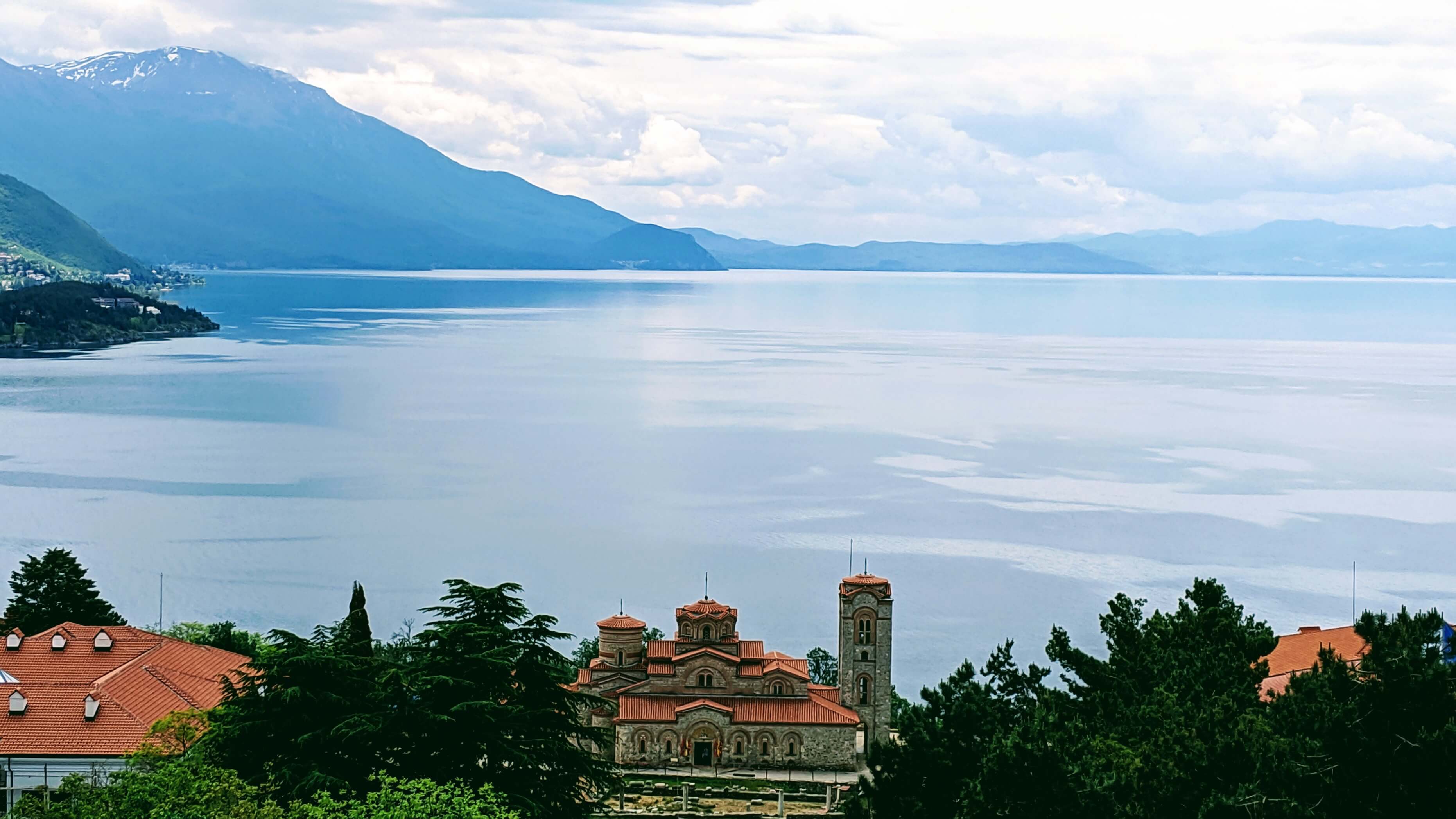
It was a wondrous feeling to walk the cobblestone streets to the market, pick up some fresh produce and cook it in our tiny kitchen. Eating dinner on the terrace overlooking the shimmering lake, watching the reflection of the sun melting into the distance was beyond magical.
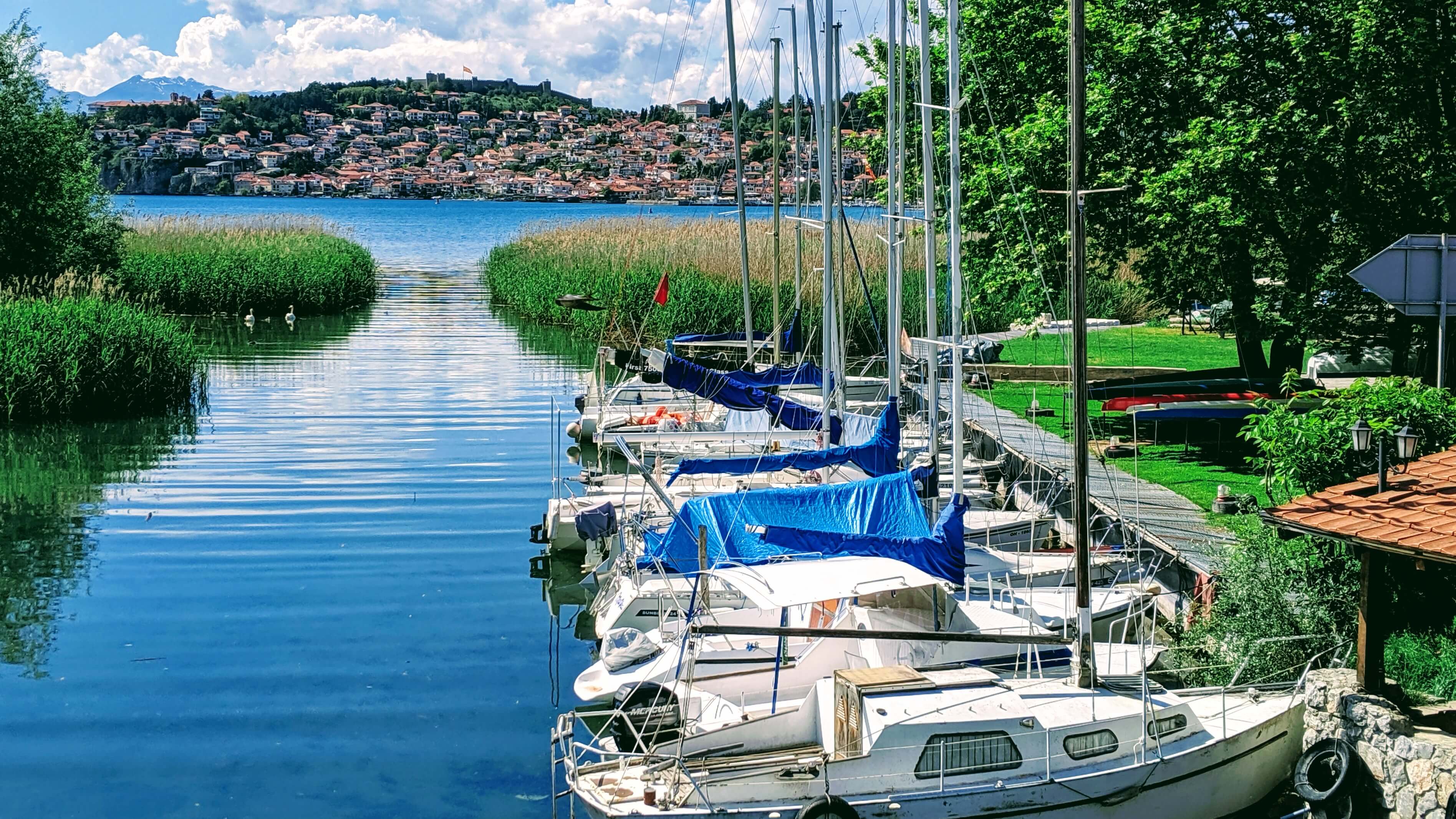
There is a great walk from Ohrid city which takes you for many kilometers south, passing by large white swans gliding on the lake, small beaches with crystal clear water (even in May the lake was 18 degrees C proving a great watering hole for many) and cafes getting ready for the summer rush.
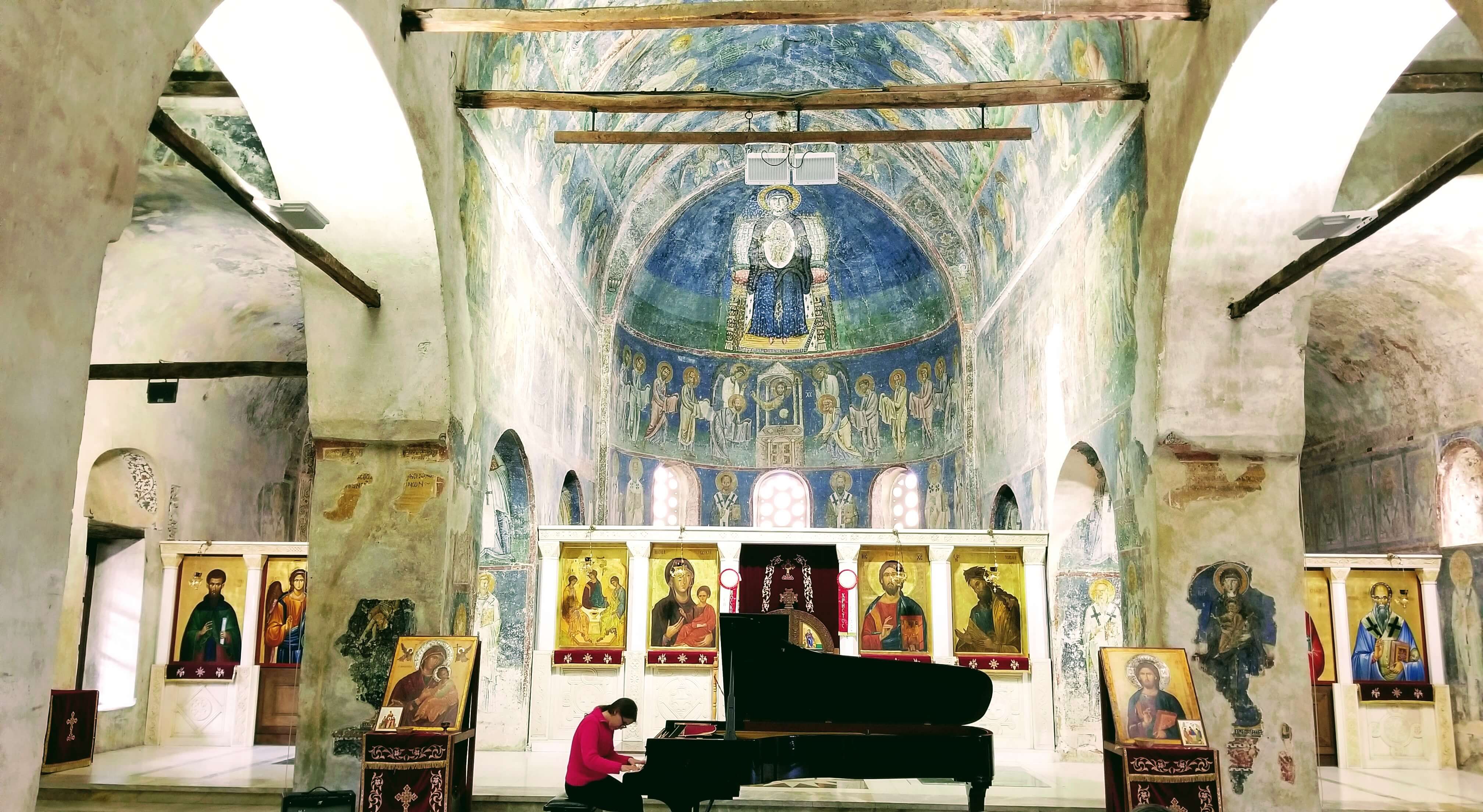
We were very lucky to attend a concert in the church of Saint Sophia. The church is one of the most important monuments of Macedonia, housing architecture and art from the Middle Ages. The interior of the church has been preserved with frescoes from the 11th, 12th and 13th centuries that represent some of the most significant achievements in Byzantine painting of the time.
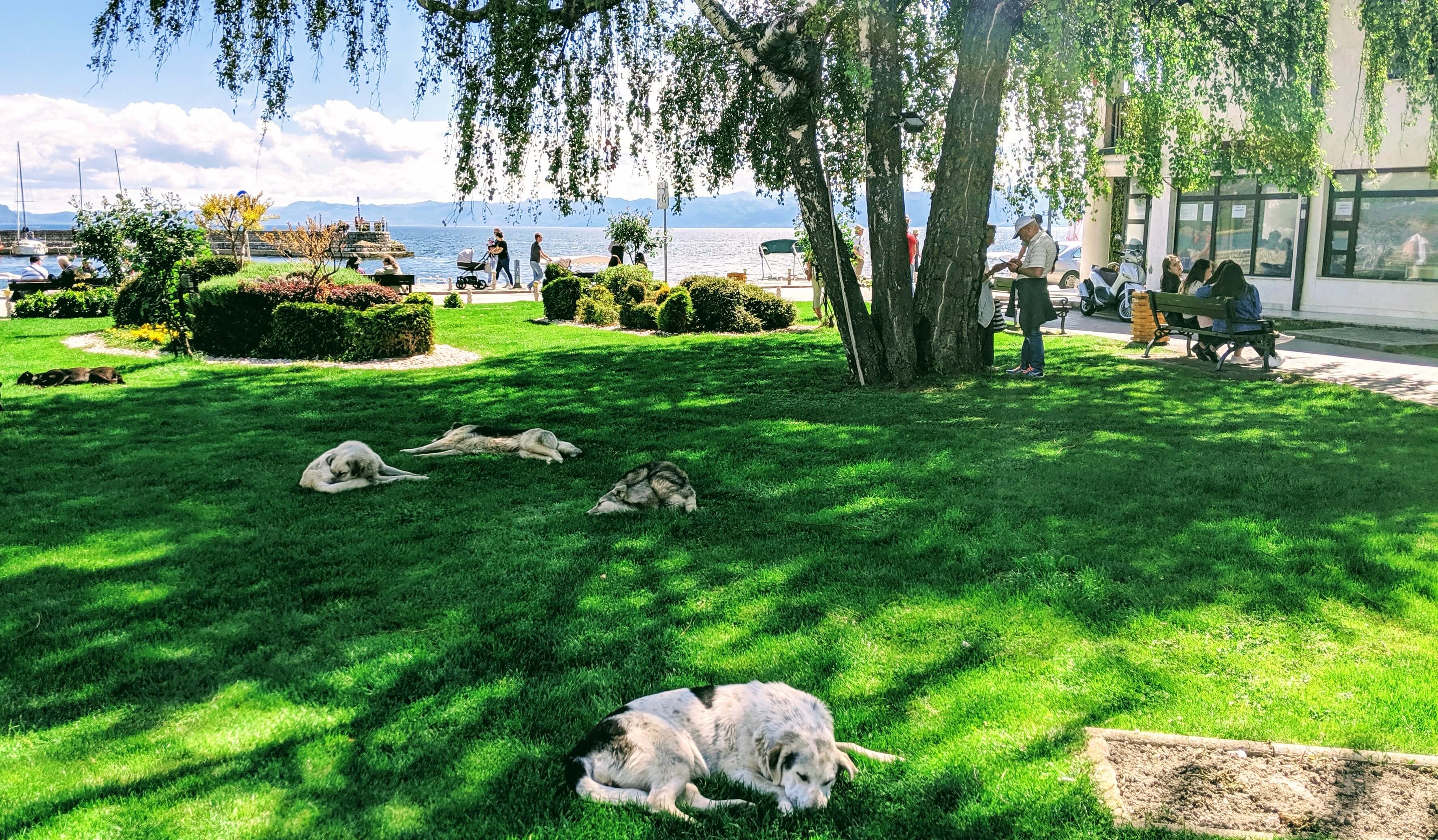
As in other parts of the Balkans, Ohrid is not spared from having many abandoned dogs. Unfortunately people take them as puppies not realizing that these beautiful creatures will grow into large dogs and need time and attention. They are released into the “wild” to fend for themselves. Not neutered or spayed, they continuously produce more offspring which enter this cycle of despair.
Thankfully there are amazing humans out there who care for them. One of these organizations is Animalia Ohrid which quickly received our donation to try to help educate people, spay and neuter, feed the stray dogs and help with adoptions. If you are looking for labradors, golden retrievers, malamutes, gorgeous mutts, etc., they are in the Balkans awaiting someone to save them and these rescue organizations can help you get one of these pups home internationally.
Bitola – North Macedonia
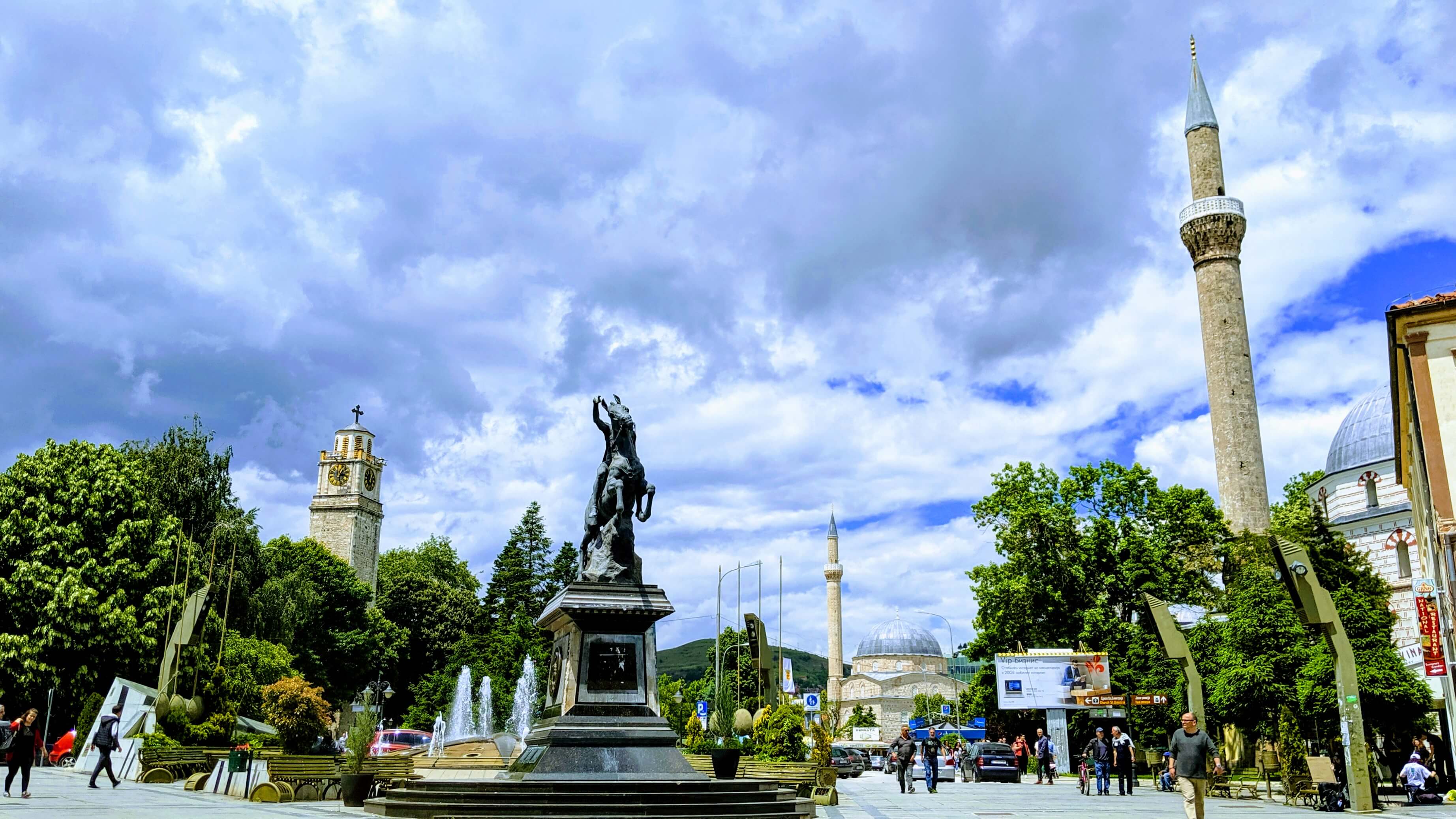
Bitola as the the second largest city in North Macedonia doesn’t get as much love as Lake Ohrid and the capital Skopje, but is well worth the stop – especially since it is en-route between the two. This charming city rewards curious travelers with some heavyweight historic sights and effortless cafe culture. Add to that a renowned international film festival, burgeoning local wine production and excellent hiking nearby, and Bitola makes a worthy stop on any North Macedonia itinerary.
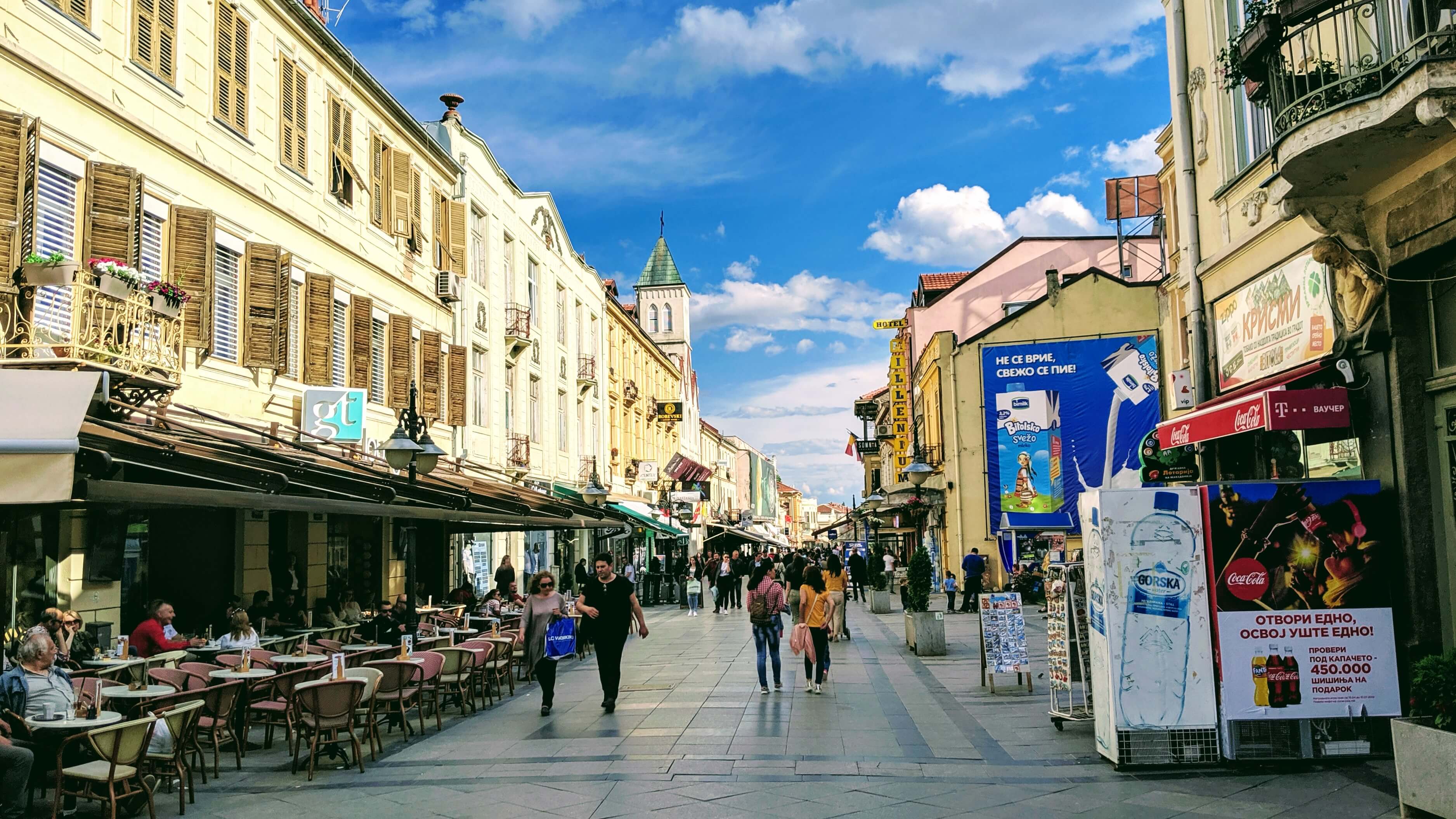
Strolling the main pedestrian walkway in Bitola we passed what seemed to be hundreds of cafe’s buzzing with patrons, sipping on coffee and smoking cigarettes (yes, this is one of the biggest issues in the Balkans – everyone seems to smoke). As an oasis from the bustle and the smoke, there is a fantastic vegetarian/vegan restaurant right on the strip. The cafe is a non smoking sanctuary, overlooking the walkway, making it a great place to eat delicious food while watching Bitola walk by.
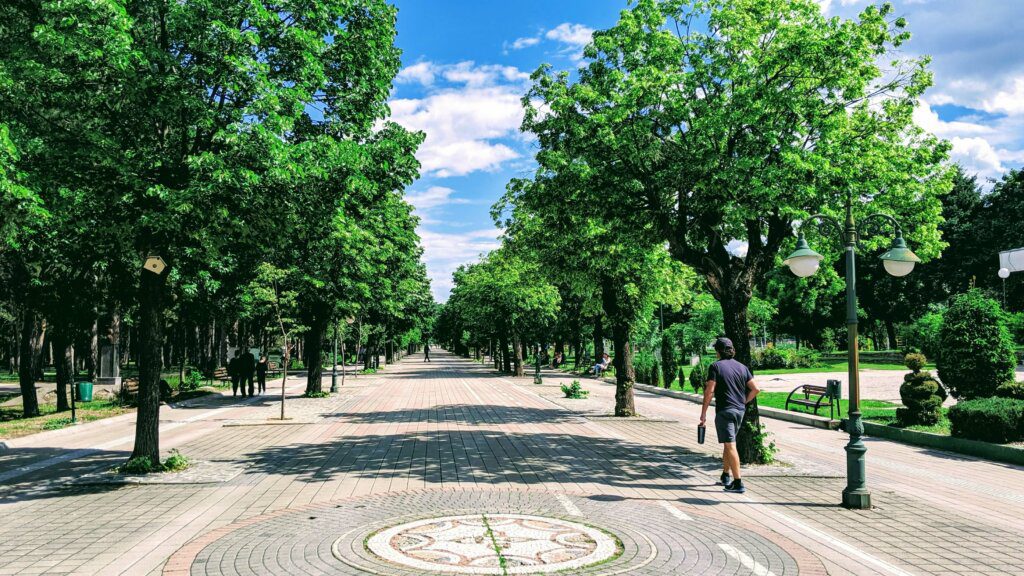
Continuing the walk along the pedestrian walkway, it spills into the City Park on the way to the ruins of Heraclea Lyncestis. Founded by Philip II of Macedon in the 4th century BC, these ruins are among the top archaeological sites in the Balkans. While excavation works are still ongoing, visitors can see the remains of the Roman baths and amphitheater, early Christian basilica and episcopal palace. The most interesting of all these artifacts are the well preserved colorful floor mosaics with symbolic animal motifs. Although not well marked, walking to the back of the ruins (keeping the amphitheater on our right), we found the most amazing of all the mosaics tucked behind the small basilica.
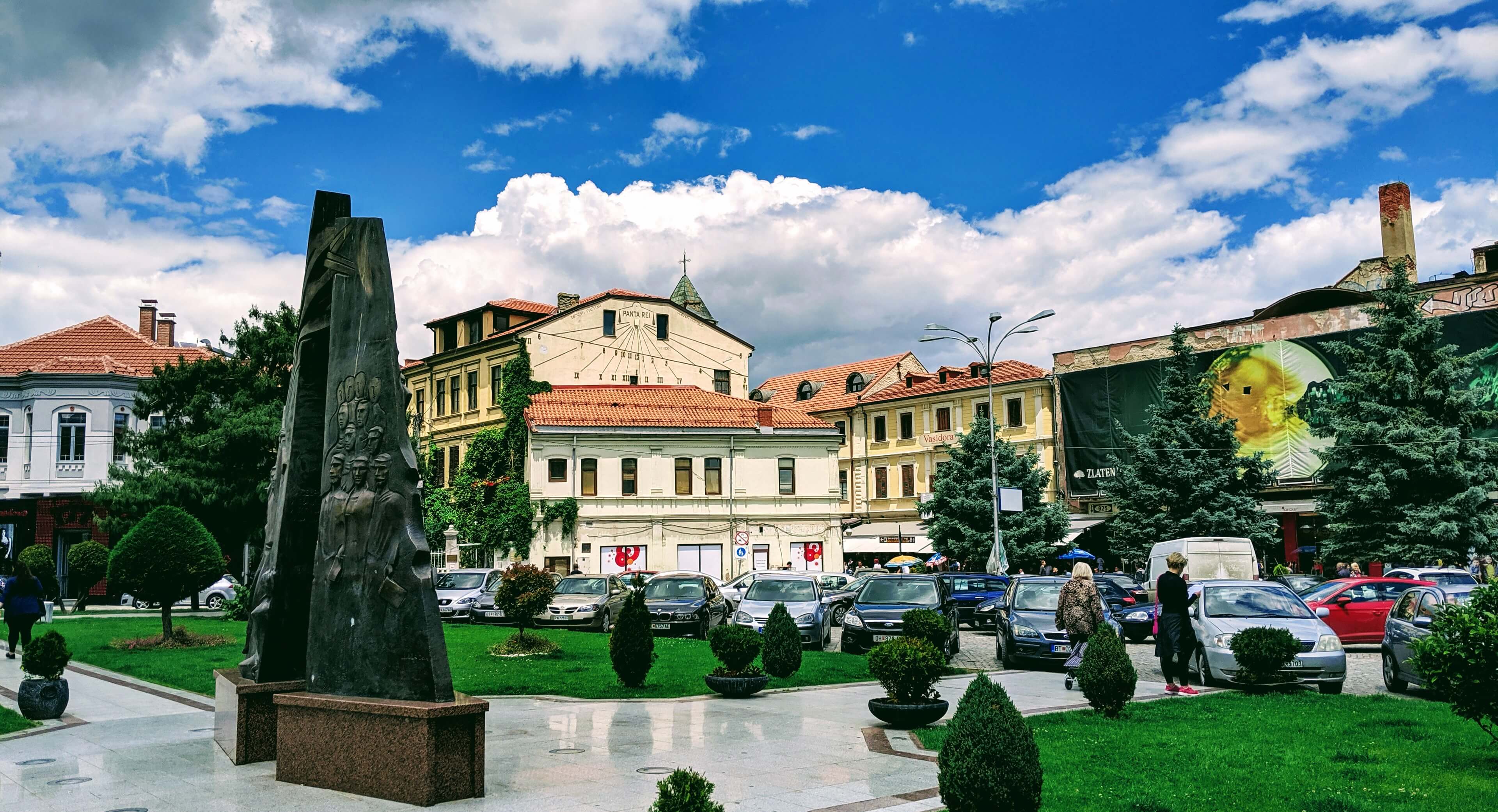
Pelister National Park
Just 10 minutes outside of Bitola is the 125-sq-km Pelister National Park, which is part of the Baba mountain range. With several peaks towering over 2000 meters and pristine glacial lakes known as Pelisterski Oči (Pelister’s Eyes) the park proves to be an excellent playground for mountain bikers, hikers and rock climbers. The park is also a habitat for endemic flora and fauna such as the rare Molika pine and Pelagonia trout, not to mention resident wolves, bears and deer.
At the foothills of Pelister is Villa Dihovo, a terrific rural guesthouse owned by a former professional football player Pece Cvetkovski. The accommodation comes on a ‘pay what you think it’s worth’ basis: the only set prices are for the homemade wine, beer and rakija. Pece is a fan of the slow-food concept; the mushroom soup, straight from the family’s traditional kitchen, is a must-try.
The host can organize hiking, mountain biking and other activities; swimming and skiing are also options depending on the season.
Mavrovo National Park
Mavrovo National Park is Macedonia’s biggest, stretching from Lake Mavrovo all the way to the Albanian border. Located between Ohrid and Skopje, this park is home to the highest peaks in Macedonia and the country’s best skiing. Although by international standards the skiing is considered quite average. The park is incredibly verdant and lush in the summer and is a gorgeous place to plan a hike or just to drive through.
Skopje – North Macedonia

As the capital of North Macedonia, Skopje has seen a lot of change. This is visible in the assortment of architecture and sculptures that you first see entering the city. The kaleidoscope of old and new swirl into a blend of Ottoman, neo-classical and Brutalist architecture topped with Soviet era sculptures which are all set to the hum of electronic dance music.
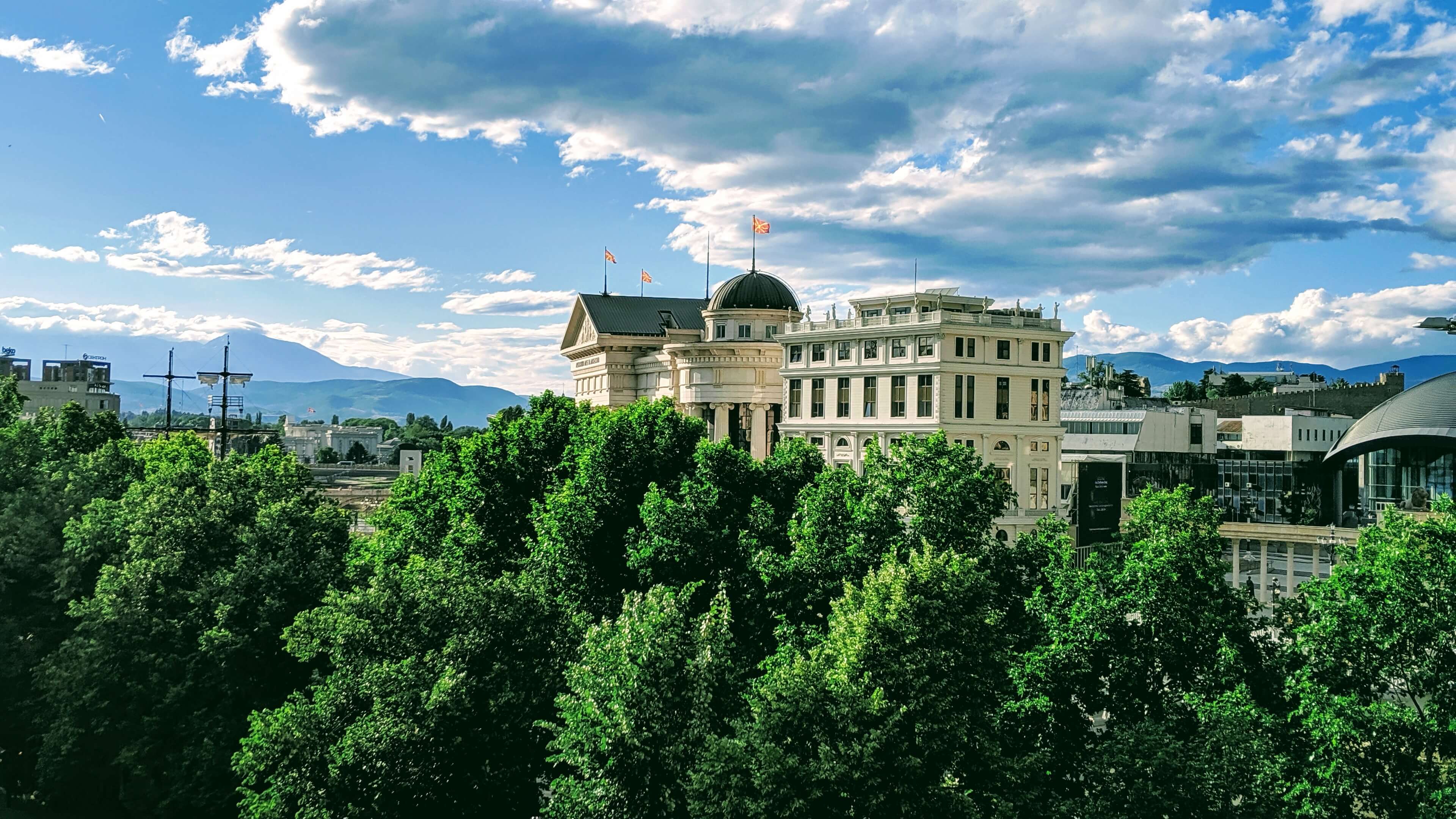
The center square of Skopje is a great place to start the walking tour of the city. It was a 2 minute walk from our IHG hotel which was only 10K points a night with the 4th night being free (making our stay only $37.50/night).
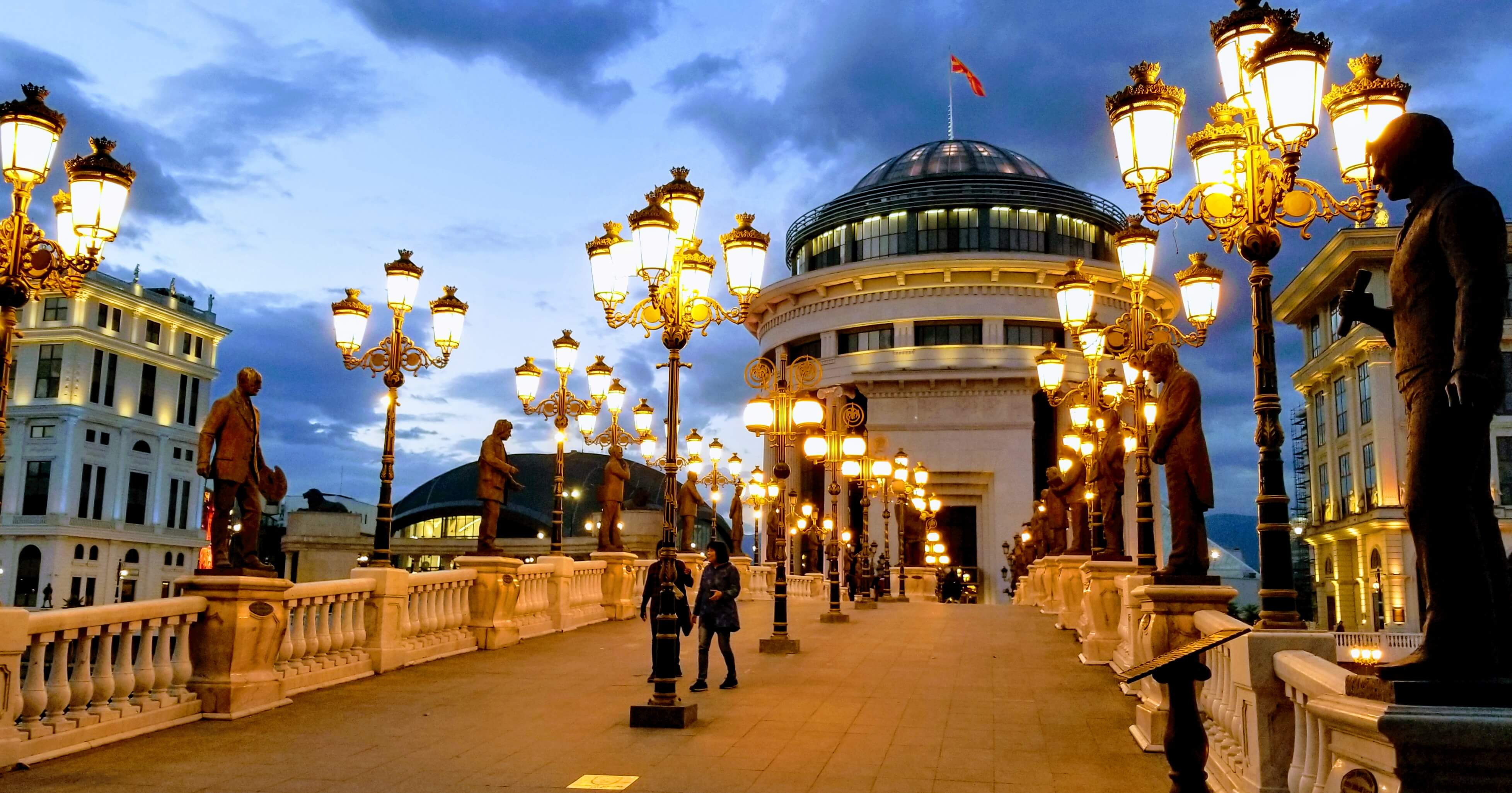
Heading from the Center Square across the Stone Bridge, we enter the old part of the city. The Stone Bridge, on the river Vardar is a symbol of Skopje. It was reconstructed in the 15th century and represents a connection between the new and the old part of the capital.
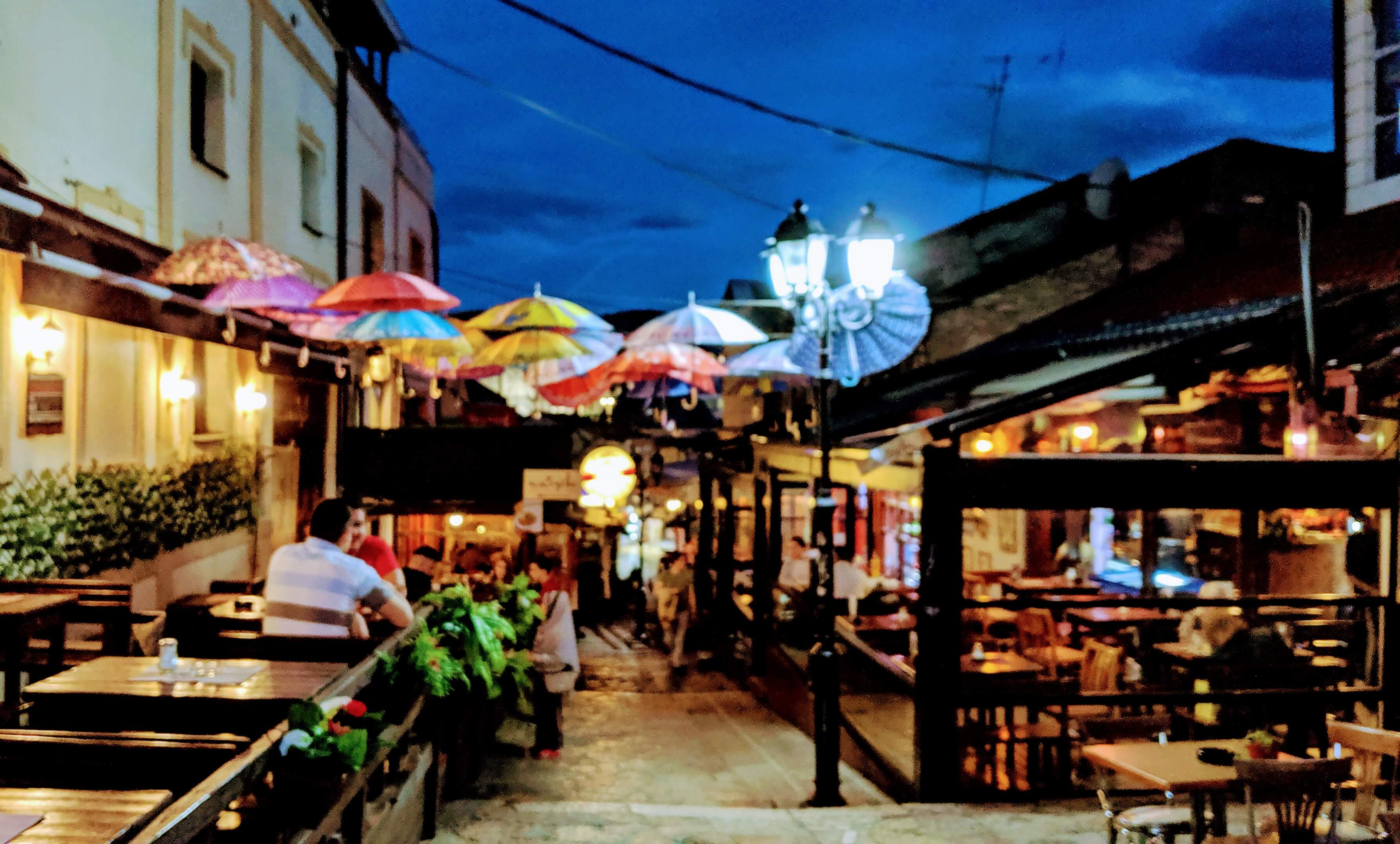
The Old Town is home to one of the largest and most preserved bazaars in Europe. It’s the second-largest bazaar in “Europe” after Istanbul and it’s an untouched piece of Skopje’s historic past. Filled with diversity, it is s a stout reminder of what Ottoman times looked like. Mosques and administrative buildings of that time now turned cafe’s and restaurants make these cobblestone streets a walking museum to stroll and enjoy.
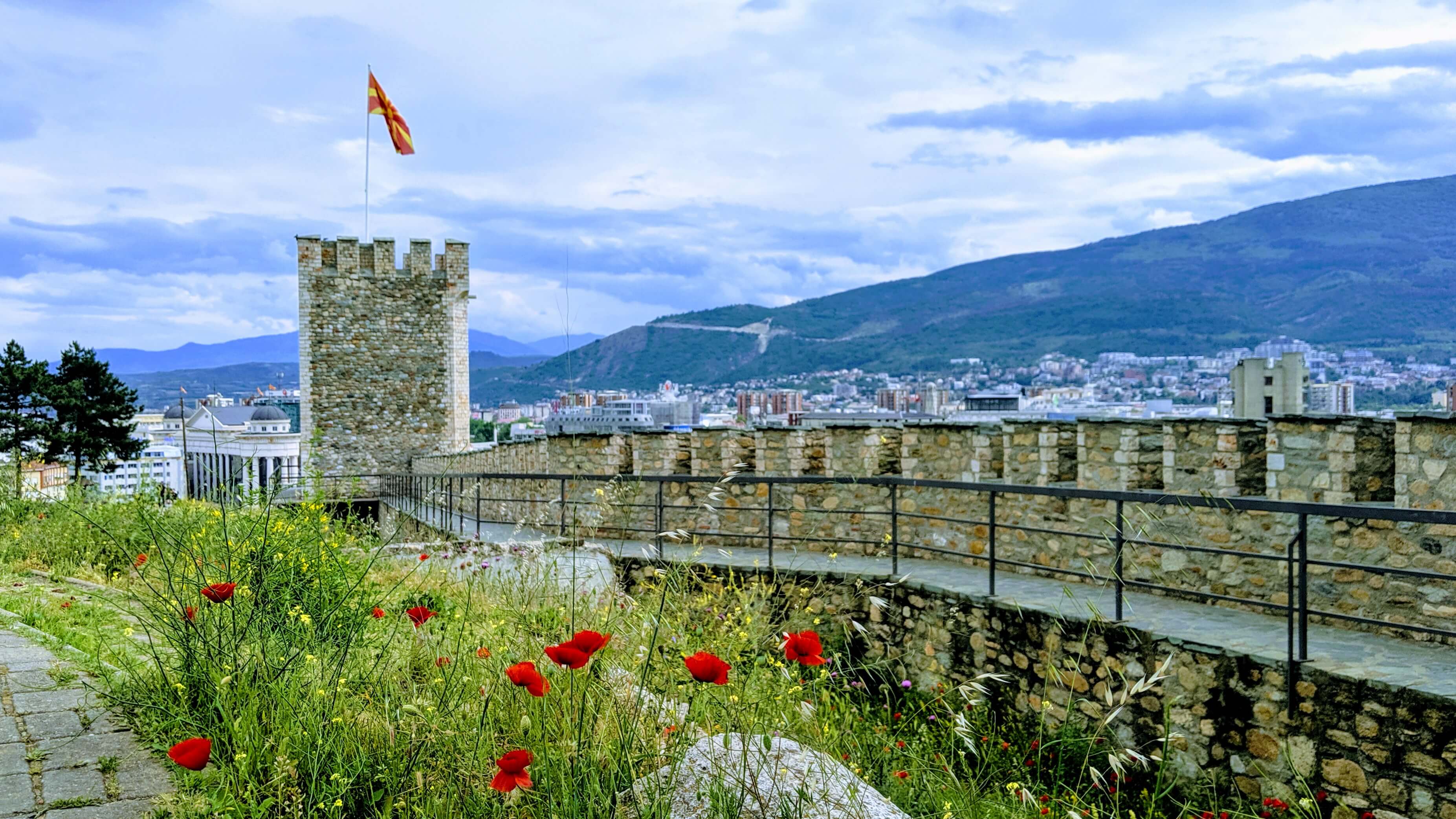
Kale Castle overlooks the city and can be reached from the Old Town. The first walls were built at the beginning of the 6th century and the fortress dominates the left bank of the river Vardar overlooking the old part of the city. There’s not much of the castle left, except for the towers, but there’s a beautiful view from the top.
Hiking up Mt. Vodno to the Millenium Cross
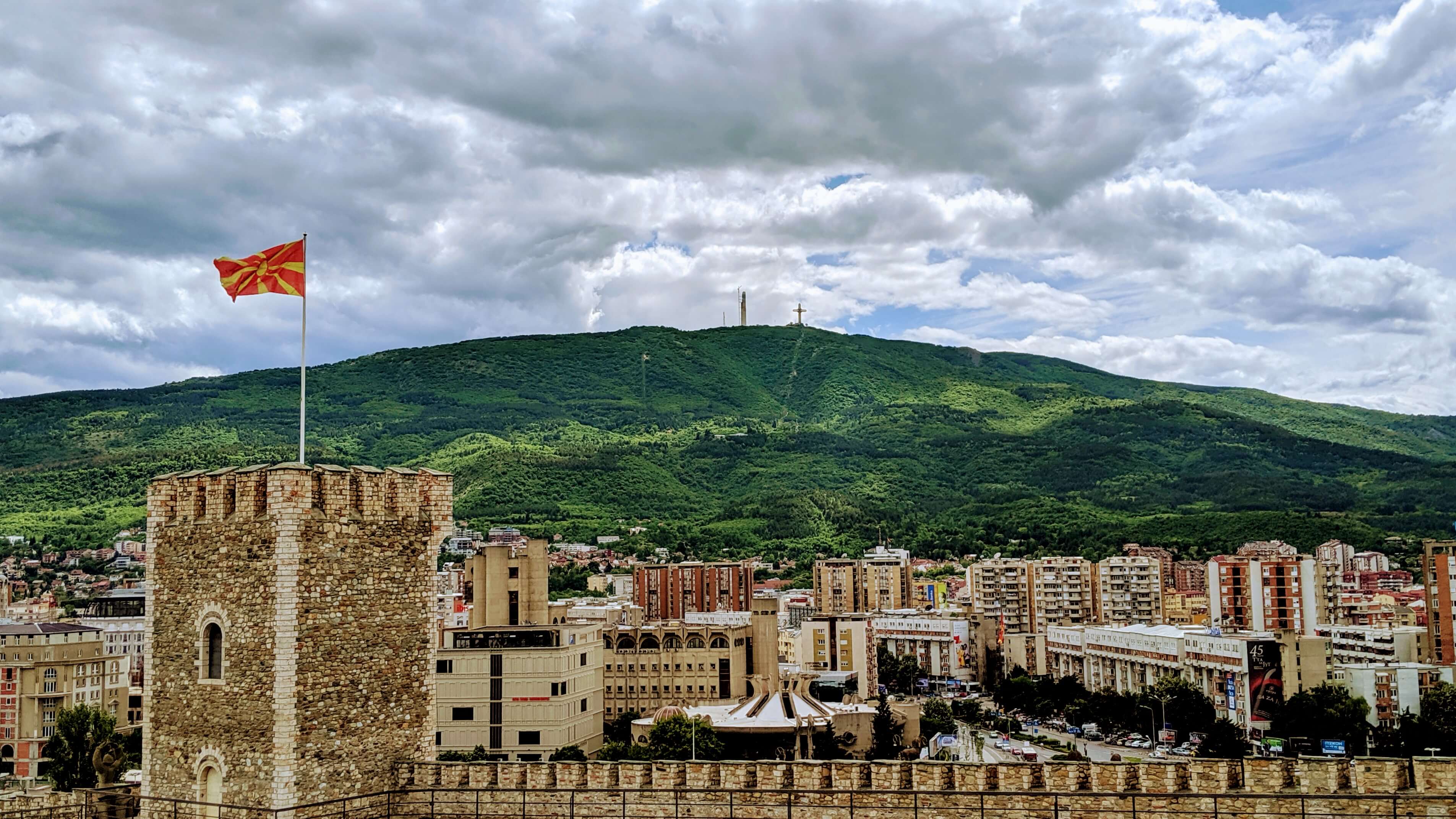
My favorite part of visiting Skopje was our hike up to the Millenium Cross on top of Mount Vodno overlooking Skopje. At 66 meters in height (think 20 story building) this is the biggest Christian cross in the world. The reason for my delight to hike up the mountain was to experience the beautiful trails of Mt. Vodno and to be able to see a panoramic view of Skopje.
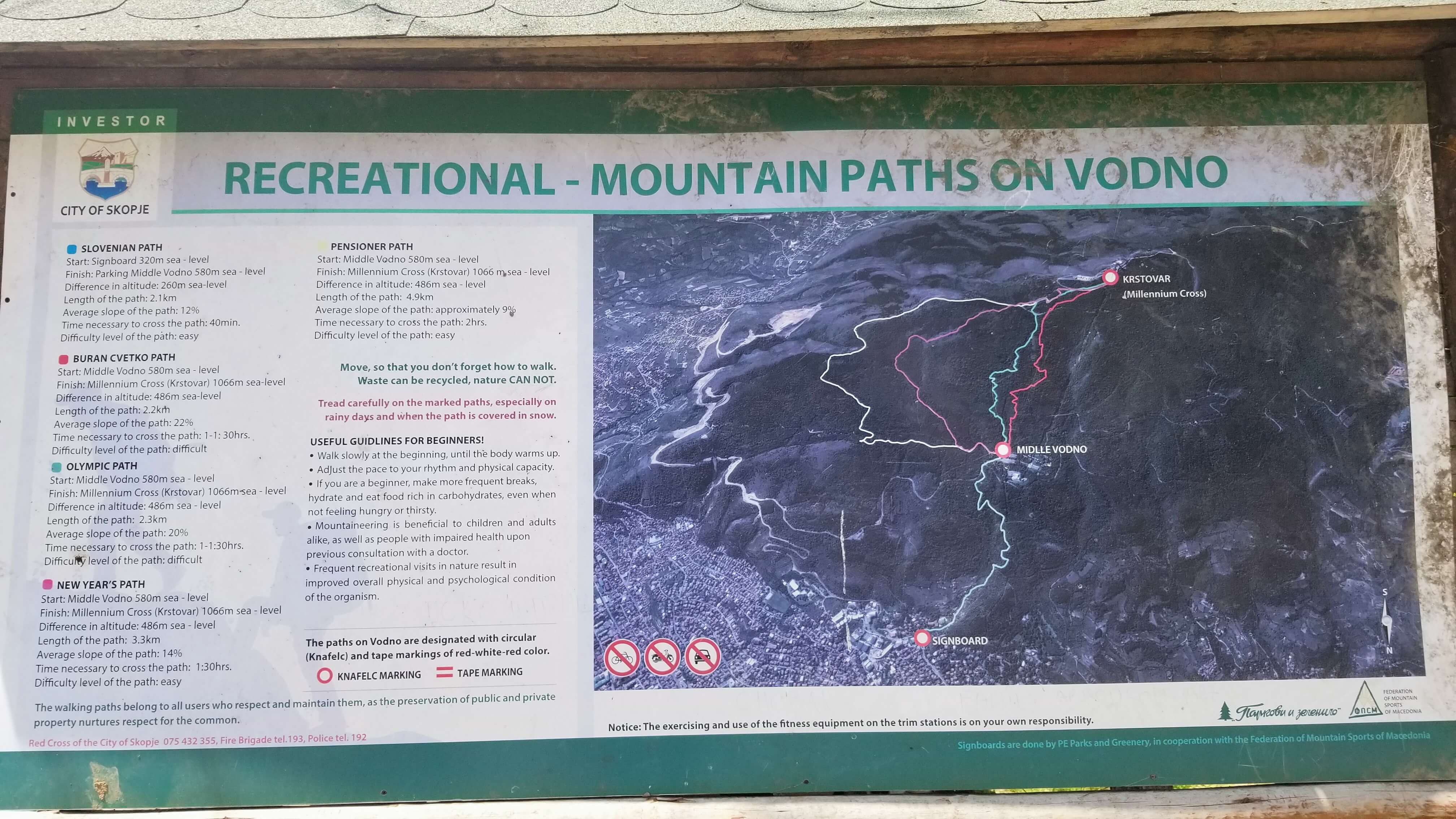
The map above is in this exact location labeled SIGNBOARD on the map (next to the French Embassy). Getting to this point from most places in Skopje will take about 15 – 20 minutes of walking. From this point the trail begins about 50 meters to the right. Stay right until you see a semi paved uphill walking path. This path will soon become a single track path taking you up towards the Mt. Vodno cable cars (labeled MIDLLE VODNO on the map – yes it is misspelled). This should take 40 minutes to 1 hour to reach the cable cars and is steep.
At this point, one can take the cable cars for about 2 Euros return/person (except Tuesdays) or you can continue on the path up towards the cross. These paths will take another 40 minutes to an hour (or more depending on your fitness level). Please be aware that there are many paths that one can take up – the green and red path options on the map are very steep. Another option is to take the paved road which is closed to most traffic.
On top of Mt. Vodno there is a cafe which is open at the whim of the owner. There is no water source up there without the cafe. There is a mountain water spout at the parking lot entrance to the cable cars at the midpoint level. Plan accordingly – we ran out of water before we reached the top and still had to hike back down to the middle without any water.
Matka Canyon

For those interested, you can continue the hike from the Millennium Cross all the way to Matka Canyon: A gorge in which a rich complex of medieval structures have survived including churches, monasteries and remnants of a fortress in the medieval town of Matka. Within the canyon there are dozens of caves and a large number of endemic plants and animals. As one of the richest canyons in the world, with cliffs enshrouding it, Matka Canyon is a great place to visit while in Skopje.
Continuing from the Millenium Cross, the trail is very well marked and will take an addition 3-5 hours. Halfway down the mountain you will reach the St. Nikola Monastery. From here there are two ways to finish the hike. Take the path which leads you to the right of the monastery. Doing so, you will arrive at the bridge which gets you to the other side of the gorge. The other path takes you down to the water without a way to cross the gorge (although friendly fishermen can help you out).
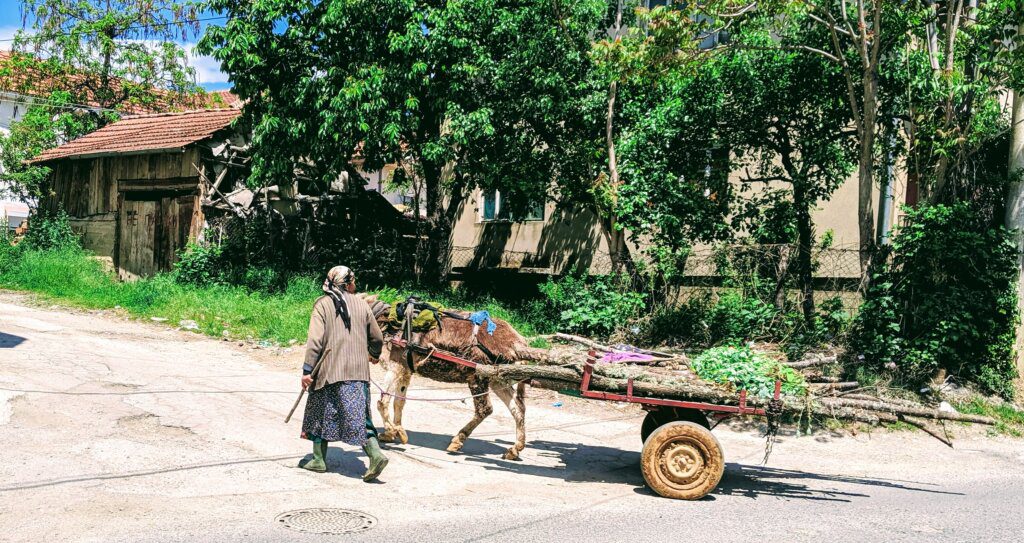
I must say that North Macedonia (especially Ohrid) has found a special place in my heart. It’s stunning nature, deep history and warm people make this a country that I want to visit again – and hopefully soon!
Have you been to some of the other Balkan areas? Perhaps around the Bay of Kotor or maybe the country of Bosnia and Herzegovina? We would love to hear from you about your favorite Balkan countries. And perhaps North Macedonia is one of them!

